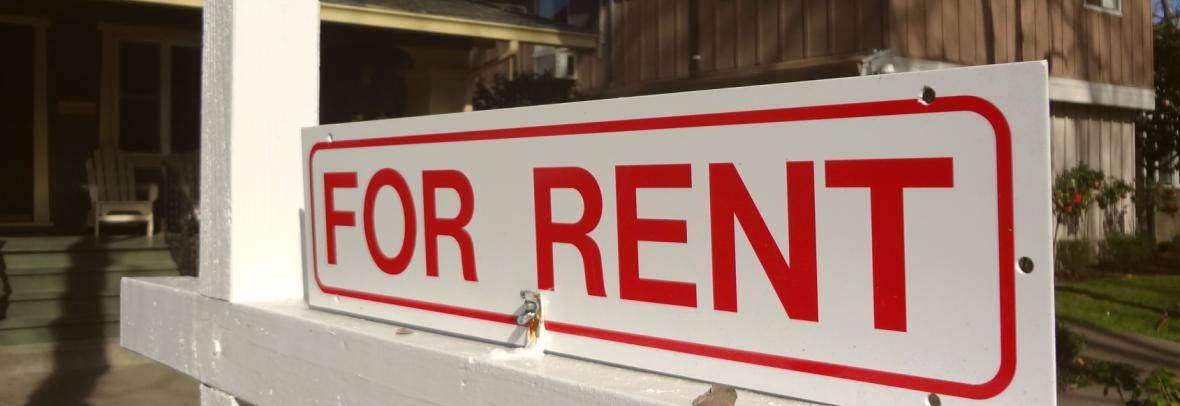
How Seasonal Demand Affects Florida Rent Prices
Florida rental prices fluctuate with seasons – rising in winter for snowbirds, dropping in summer. Renters can save by timing leases, while owners adjust for demand.
SARASOTA, Fla. — Florida's rental market pricing fluctuates due to factors including snowbird migration, college schedules and tourism.
When snowbirds return to Florida between November and April, rental prices, particularly along the beaches, rise between 20% and 50%. When the heat and humidity are high in the summer and chances for hurricanes increase, demand declines and landlords will lower their rental prices and offer free rent and other incentives to attract renters.
In Miami and Orlando, on the other hand, steady year-round demand due to job availability often means steadier rental prices, but spring and fall are transitional periods when rental prices adjust according to demand shifts.
For instance, during peak tourism times, Miami Beach, Orlando and Key West will see price hikes during peak travel times, particularly winter holidays and spring break. College towns also see price increases in late summer when students return, with a slight dip in demand during the winter break.
To save money, renters should consider these seasonal shifts when searching for new homes. Summer is the ideal time for long-term renters to secure a deal, while those looking for short-term rentals should book ahead during peak season to avoid inflated prices. Property owners can adjust their pricing strategies to capitalize on these demand fluctuations and maximize profitability.
Source: Sarasota Magazine (03/25/25)
© Copyright 2025 Smithbucklin
